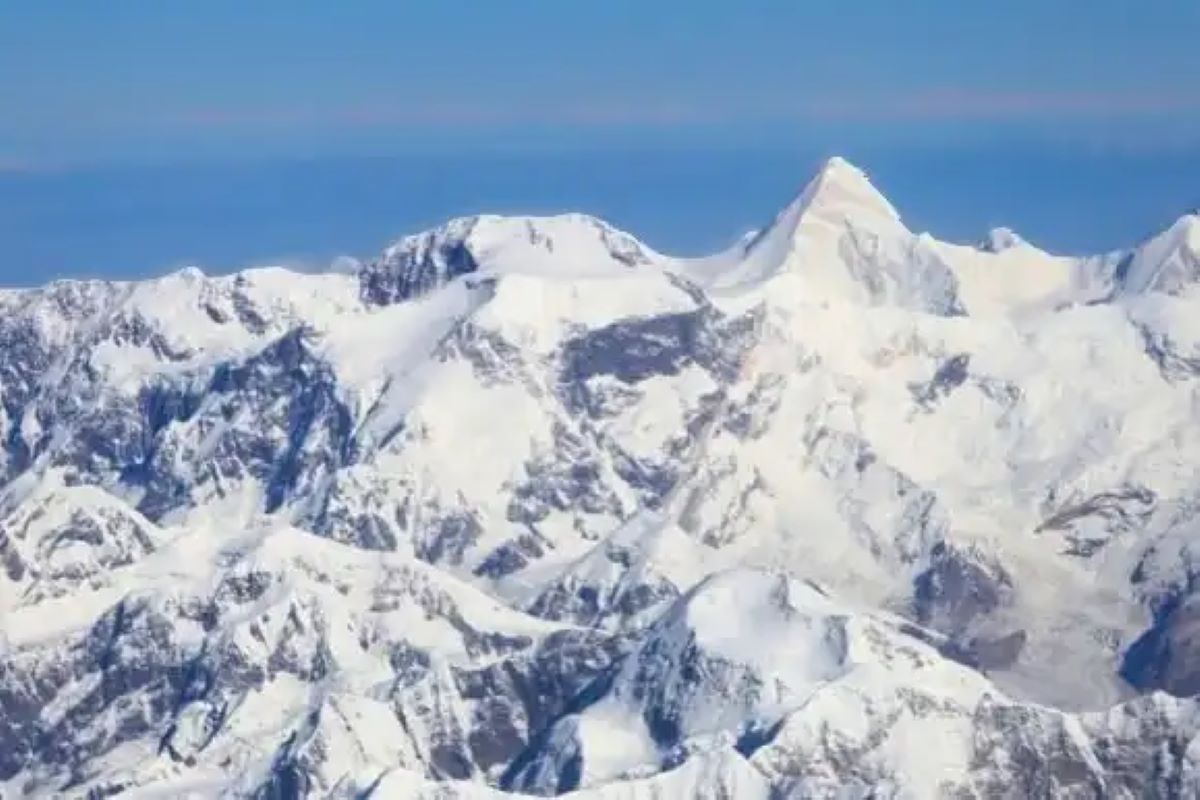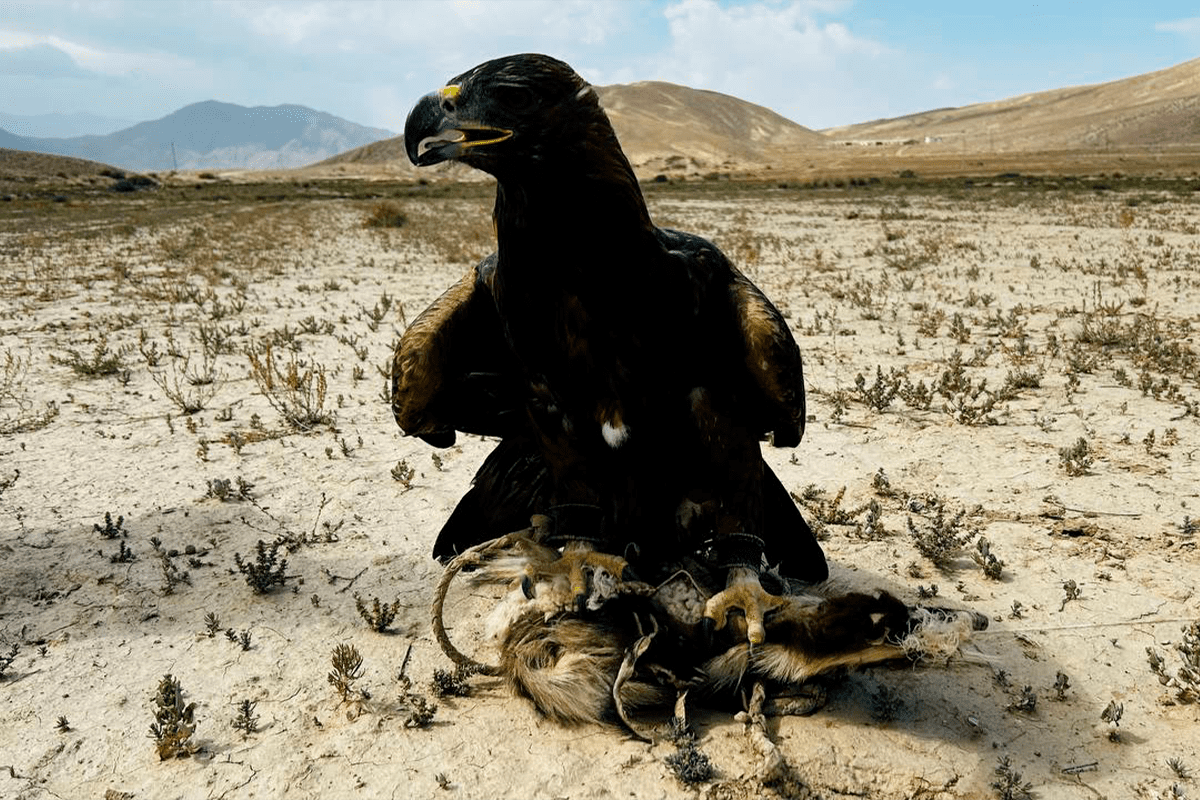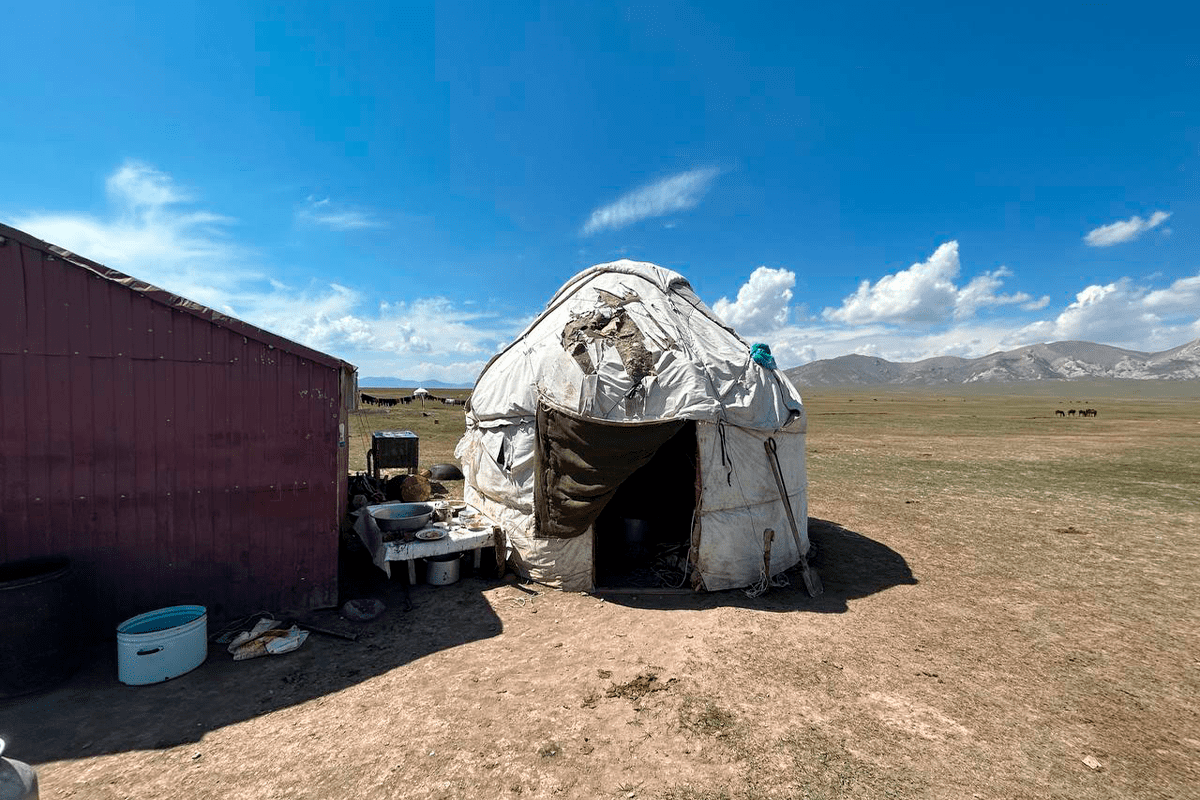Glaciers of Kyrgyzstan. The snow does not melt at these heights. The pressure of newly fallen snow leads to compression of the underlying layer, forming ice. Part of the ice slides down the mountain valleys under its own weight, forming valley glaciers and plowing riverbeds. The formation of valley glaciers is characteristic of U-shaped valleys and hanging streams that remain after the retreat of the ice. Sliding snow rolls over debris that accumulates far from the valley glacier.
Ice on valley glaciers can move 3-40 cm per day depending on its size (width, thickness and angle of inclination of the valley). Crevices often form on the edges of glaciers, covered with freshly fallen snow, which is dangerous for climbers.
More than 8 thousand glaciers and fountain snows, located on an area of 8.1 thousand square kilometers, occupy about 30% of the entire territory of Kyrgyzstan. Direct glaciers occupy 4% of the country’s territory.
The most famous glacier is Inylchek, consisting of the northern and southern parts located at Victory Peak (7439 m above sea level) and the eastern Tien Shan Khan Tengri massif (6995 m above sea level). There are also glaciers in the vicinity of Bishkek: Ak-Saysky (3500 m) and Adigen (3200 m) in the Ala-Archa National Park. All glaciers of Kyrgyzstan contain 580 million cubic meters of water, which is enough to cover the entire territory of Kyrgyzstan with a three-meter layer of water.
Below is a list of the main glaciers located on the territory of the Kyrgyz Republic. Different sources give different figures for the extent and area of glaciers, but this is due to climatic fluctuations.
Kyrgyzstan has one of the largest glacial areas in Central Asia. Parts of such mountain ranges as the Tien Shan and Pamir Alai are located on the territory of Kyrgyzstan. Almost all mountain ranges of the country have pockets of modern glaciation. Glaciers in the mountain ranges of Kyrgyzstan are not only an element of the landscape, but also an important reservoir of moisture. Snow and ice resources concentrated in glaciers are consumed in the warmer months of the year. Their role especially increases in years of lack of moisture, and in years when many rivers dry up, glaciers are the only source of water resources for the valleys and plains located under them.
Tien Shan. In the Tianshan mountain range there are almost all types of glaciers characteristic of the mountain systems of the interior regions of temperate latitudes. Such a variety of glacier types is explained by the heterogeneity of the topographic structure, humidity and climatic conditions of our mountainous regions.
Pamir-Alai. Only a part of the Pamir-Alai mountain range is the territory of Kyrgyzstan. These are the northern slopes of Turkestan, the northern and southern slopes of the Alai Mountains in Hissaro Alai and the northern slopes of the Chon-Alai Mountains in the Pamirs. The Chongarai Ridge covers the Alai Valley from the south with a monolithic wall. Here is the highest peak of the ridge – Lenin Peak (7134 m) (Fig. 3). In the Pamir-Alai ridge, as in the Tien Shan, there are almost all types of mountain glaciers. The northern slopes of the Chon-Arai ridge, which is the largest center of modern glaciation in Kyrgyzstan, stand out especially. In particular, the central part of the Chon-Alai ridge has a huge glaciation area – 379 km2.





